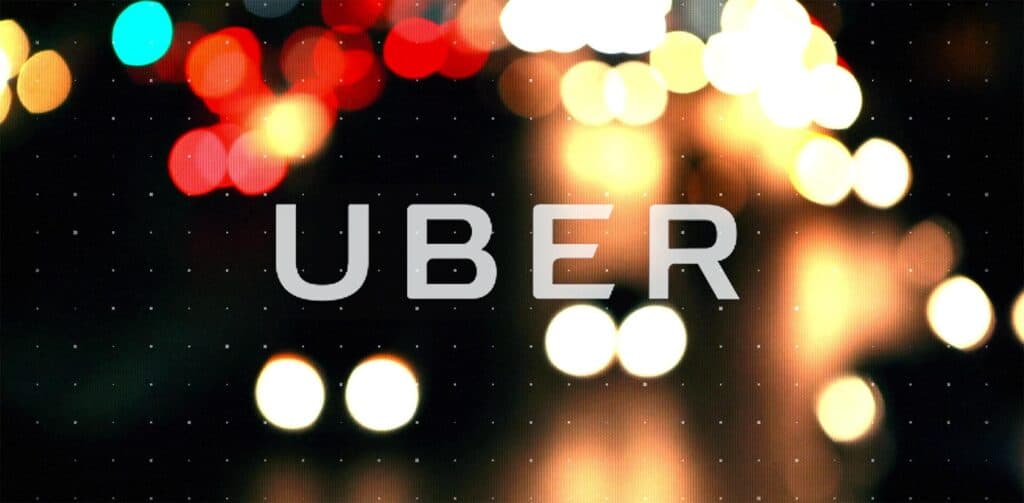Uber has relaunched its brand, with a new logo, identity, app icons, and site designs. One of the most well-known startups in the world, and not always for the right reasons—with allegations ranging from unfair business practices, to assaults on customers—it’s essential for the company that it establishes a positive brand message.
Uber’s growth over the last few years has been extraordinary, and to maintain that growth they need new customers. Moving from luxury service, to affordable luxury, to just affordable, they have been able to expand their target demographic substantially. However the original branding hadn’t evolved with the business model, so this update is intended to more accurately represent how Uber perceives itself.
All of this sounds like a positive approach to a growing company. However, the Uber rebrand misses the spot when it comes to implementation; as part of its redesign, Uber has two new app icons; one for ‘riders’, and one for ‘partners’. Both of which look like something from a sci-fi reboot of Pac-Man. The abstract street elements add a touch of interest, but both marks are very corporate, and more than a little aggressive.
Uber’s new app icons, for riders (left) and partners (right).
Attempting to build a brand narrative, Uber is now talking about ‘bits’ and ‘atoms’. Elements so fundamental, that only the most ego-centric could possibly interpret them as a metaphor for a company. The trouble for Uber is that it’s impossible to cast a stone in San Francisco without hitting a startup that thinks the atom is a perfect metaphor for its business model.
[The atom] belied what Uber actually is—a transportation network, woven into the fabric of cities and how they move. — Uber
By reducing the company to an atomic level, it suggests that Uber can become anything; the flip side is that it’s also the ultimate non-committal statement. Uber doesn’t really know the direction it’s heading in, and is keeping its options open.
Uber’s Mexico-specific branding.
Where Uber is getting it right is with its country brands. Different textures, architectural features, and colors have been incorporated into national-variations on the brand. Something that works well in Australia, may not work well in Iceland, and it’s testament to the cultural variations (color especially) that need to be addressed by global businesses. Eventually Uber plans to extend these national identities to city-specific identities
Uber’s China-specific branding.
Uber’s logotype has also been refined; removing finials, rounding corners, and adjusting spacing. It’s a nicely executed revision that feels more grown up, less startup. This aspect of the redesign is also successful.
Uber’s old (left) and new (right) logotypes.
Uber’s website has also been updated, with fresh images and the new brand assets. It is extremely corporate, and heavily inspired by Google’s Material Design. It feels cold, and a million miles away from Uber’s brand statements about personal journeys. The website feels like a huge missed opportunity to create something personal — finding a ride for example, doesn’t even auto-detect what country you’re in, let alone your city. There has been a lot of discussion lately on whether parallax is a wise design decision. Parallax was overdone and dated at the start of 2015, but by the end of the year an increasing number of sites were rediscovering it. Uber has gone for it in a big way, on their brand guide microsite, whilst it’s not a site most people will visit, it’s interesting that they chose to embrace parallax here.
Uber is one of those startups that’s no longer really a startup. And the rebrand released this week is a lot like a band’s notoriously difficult second album: you put everything into the first release, and then struggle to find your identity with the follow-up.
Uber had the opportunity to define itself, and its role for the next decade or two, but in an effort to distance themselves from their exclusive old branding, their identity has become far too open ended.
